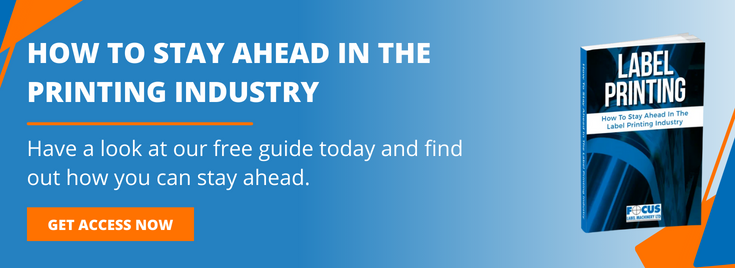
Have you noticed the inexorable rise of tagless labelling? In a world where brand identity is everything, heat transfers have emerged as a solution that looks good, feels good, and won’t be snipped out of clothes by itchy customers.
For lightweight clothes, sportswear, and intimates, heat transfers are now the go-to solution. However, because they are also cost-efficient and reliable, you’ll find heat transfers pretty much everywhere, from winter woollies to summer sarongs.
Heat transfers come in all shapes and sizes. Whether the goal is to work with stretchy elastic, to offer an environmentally-friendly option, or to go all-out with glittery or glow-in-the-dark ink, tagless labelling is about choice and control.
Heat Transfers: How Do They Work?
If you’ve ever printed a t-shirt, you’re likely to already be familiar with heat transfers. Firstly, a negative design is printed onto heat transfer paper. Secondly, heat and pressure are applied. Temperatures need to be between 160°C and 190°C, and pressure of 40-80 psi is needed. This formidable combination bonds the transfer with the fabric for a long-lasting print.
Just how long-lasting it will be depends upon the ink and adhesive used, as well as the quality of the machinery. Heat transfers are an area of garment printing where investment really does pay. The better the machine, the better the transfer.
Heat Transfers & Sublimation: What’s The Difference?
The difference is the cost, the type of paper used, and the type of ink. Both heat transfers and sublimation involve printing an image and using a heat press to transfer it onto fabric. The difference with sublimation is that the heat transforms the ink from a solid into a gas, which is instantly embedded into the fabric. When the ink cools, it returns to its solid state as a permanent part of the fabric. Sublimation isn’t usually required for labelling, as labels are so rarely seen. However, it might be an option for high-end garments, or for exposed branding (such as visible labels).
What’s Trending In 2019?
- Vegan inks are now starting to emerge onto the market. For instance, US-based One Stroke Inks offers a vegan-friendly soy based ink for heat presses. With vegan lifestyle choices now being described as “unstoppable”, a very important market opportunity for vegan garment label manufacturers is emerging, and it is definitely one to watch.
- Eco-inks, especially water-based inks, are continuing to trend. This is partly due to the fact that they work well with cotton, but also due to the forward momentum of environmental issues.
- Effect transfers are being more widely used. Glitter inks, holograms, metal foil, and dark effects can all be achieved. Add to this the option of glow-in-the-dark and neon, and the world of heat transfers looks very vibrant indeed.
Find Out More
Investing in a heat press can open a world of possibilities for garment and label design. Promising high-quality long-lasting images, tagless labels look great and feel great. Our printing machines offer enhanced productivity, so that you can turn around superior quality heat press orders quickly and at volume. If you’d like to see the heat transfer process in action, call Focus today and book a visit to our showroom.







